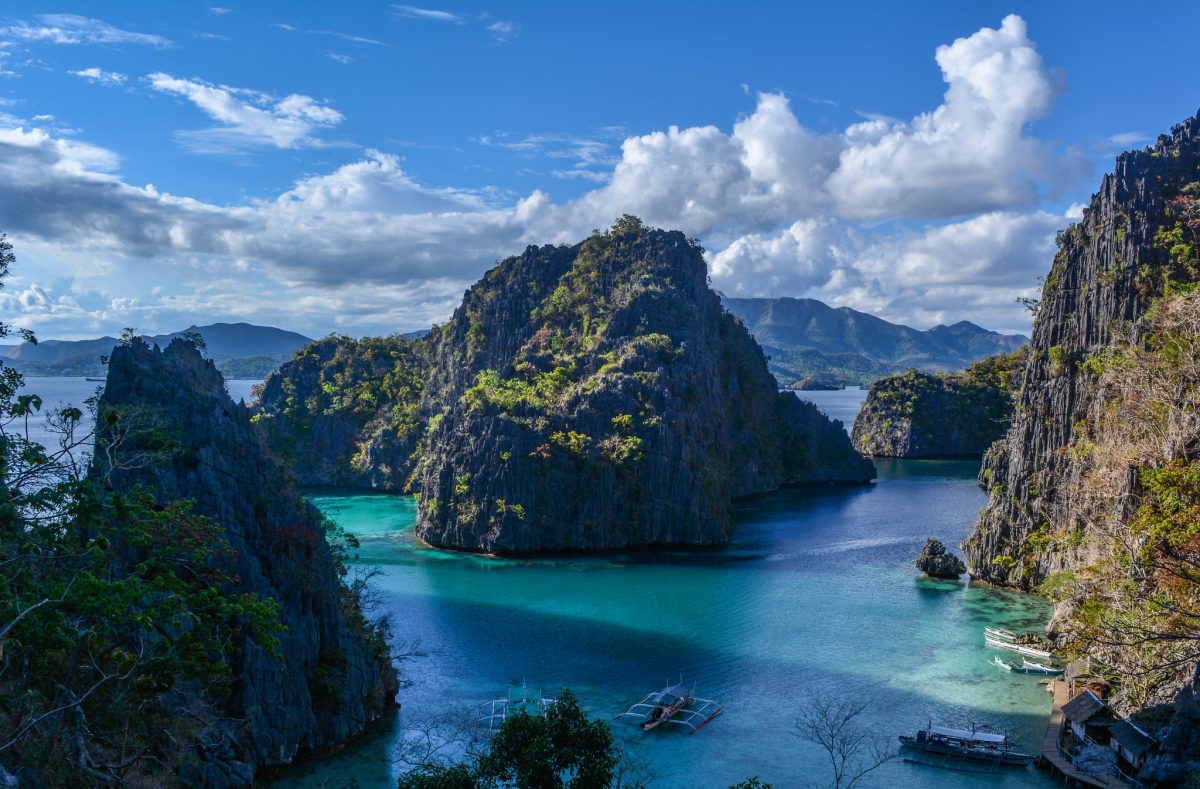Philippines' New Tourism Campaign Embraces Love for the Country

Skift Take
The Philippines on Tuesday unveiled its new tourism campaign, "Love the Philippines," marking a departure from its decade-long slogan, "It's More Fun in the Philippines.”
The rebranding aims to cater to the evolving needs of post-pandemic tourists by emphasizing authentic and immersive experiences.
The shift in branding also reflects a trend among Southeast Asian countries to stand out in the competitive global tourism market.
Fiji in its latest tourism campaign, "Where Happiness Comes Naturally," also celebrates local people, natural environments, culture, and authentic experiences.
Tourism Recovery in The Philippines
The Philippines, known for enduring the longest partial lockdown globally, faces a delayed recovery as it strives to regain its tourism momentum. In 2019, the country welcomed 8.3 million foreign visitors, with South Korea leading as the primary source market, followed by China and the U.S.
However, post-Covid, the revival of inbound tourism has been moderate. The country eagerly awaits the return of Chinese travelers while grappling with the challenge of high long-haul air ticket costs.
The tourism industry holds significant economic importance in the Philippines, contributing substantially to its gross domestic product (GDP) and job creation. In 2022, the country welcomed 2.65 million visitors, as the tourism sector contributed $25 billion to the GDP and generated 5.35 million jobs.
Love The Philippines Campaign Reshapes Tourism After 11 Years
President Ferdinand Marcos, Jr said the new campaign embodies the love Filipinos have for their country. "What better way to express that love than by directly incorporating it into our tourism campaign.”
The new branding celebrates the country's people, places, cultures, and cuisines, moving away from a focus solely on fun and adventure, notes Gary Bowerman, director of Check-in Asia, an Asia-focused travel intelligence and research firm.
This approach, he says, aims to appeal to the evolving aspirations of young travelers who seek unique and culturally immersive experiences.
Liz Ortiguera, managing director Asia-Pacific and senior advisor to the CEO of World Travel & Tourism Council, believes the new campaign is a smart move, indicating a shift from a traveler-centric focus to a destination-centric approach.
She cites research, like the Economist Impact report on conscious travel, showing increased interest in sustainable tourism among Asia-Pacific travelers.
The report reveals that Filipino travelers prioritize sustainable travel and aim to positively impact local communities.
Ortiguera sees the campaign as a call to action for all stakeholders to create authentic and sustainable experiences benefiting both travelers and destinations.
Short-Form Video Marketing Vs Tourism Board Campaigns
However, in the age of short-form video marketing, national tourism boards also need to understand the effectiveness of their campaigns.
Jeremy Jauncey, founder and CEO of Beautiful Destinations, emphasizes combining campaigns with short-form video strategies, like the "Love the Philippines" initiative, to engage visually and emotionally stimulated Gen Z travelers.
According to Jauncey, leading tourism boards recognize the importance of social media in destination discovery, where short, vertical videos perform exceptionally well. “By aligning campaigns with social media formats, tourism boards effectively engage and capture attention in the digital realm.”
According to Bowerman campaigns like these serve a dual purpose: catering to the changing preferences of young travelers with authentic experiences and fostering national pride among industry players and the general population.
National tourism boards aim to accentuate local characteristics, promoting citizens as tourism ambassadors and establishing a unique aesthetic that resonates with Asian Gen Z tourists.
“Governments in the region actively promote the idea of citizens becoming tourism ambassadors, actively advocating for their own country. The ultimate goal is to establish a unique aesthetic and cultural platform that resonates with Asian Gen Z tourists,” says Bowerman
More Frequent Campaign Refreshes
The recent launch of a new tourism campaign by the Philippines, after an 11-year hiatus, raises concerns about the effectiveness of such initiatives in an ever-changing travel industry.
Bowerman suggests that more frequent updates to these campaigns may be necessary to keep up with current trends and effectively engage modern travelers.
The previous campaign, "It's More Fun in the Philippines," launched in 2012 and was successful in leveraging Filipinos' active social media presence and the popularity of memes.
Ortiguera acknowledges that this slogan has become deeply ingrained in the region's tourism branding and has been widely recognized and shared by travelers. “The tagline seamlessly integrated into conversations when travelers shared their positive experiences in the country, making it a widely recognized phrase over the years.”
In 2017, an attempt to replace the slogan with "Experience Philippines" faced criticism due to similarities with a South African advertisement.
Recently, the government received backlash for using the tagline "We give the world our best" in an advertisement featuring nurse May Parsons, who administered the world's first approved and fully tested Covid-19 vaccine. Tourism Secretary Frasco clarified that this was not the new tourism slogan of the Philippines.





